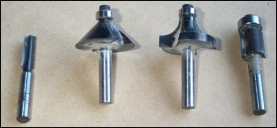I'm wondering how you guys go about ensuring that internal bracing pieces of MDF end up flush with the side panels (with the intention of fully contacting front baffle and rear panels later)?
I'm predicting that I will not be able to cut the pieces accurately enough to achieve this (but haven't tried yet). Is it relatively easy to trim oversized pieces with a router? Or, is that the wrong way to go about it?
Thanks.
I'm predicting that I will not be able to cut the pieces accurately enough to achieve this (but haven't tried yet). Is it relatively easy to trim oversized pieces with a router? Or, is that the wrong way to go about it?
Thanks.



Comment